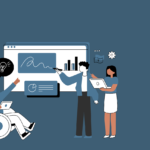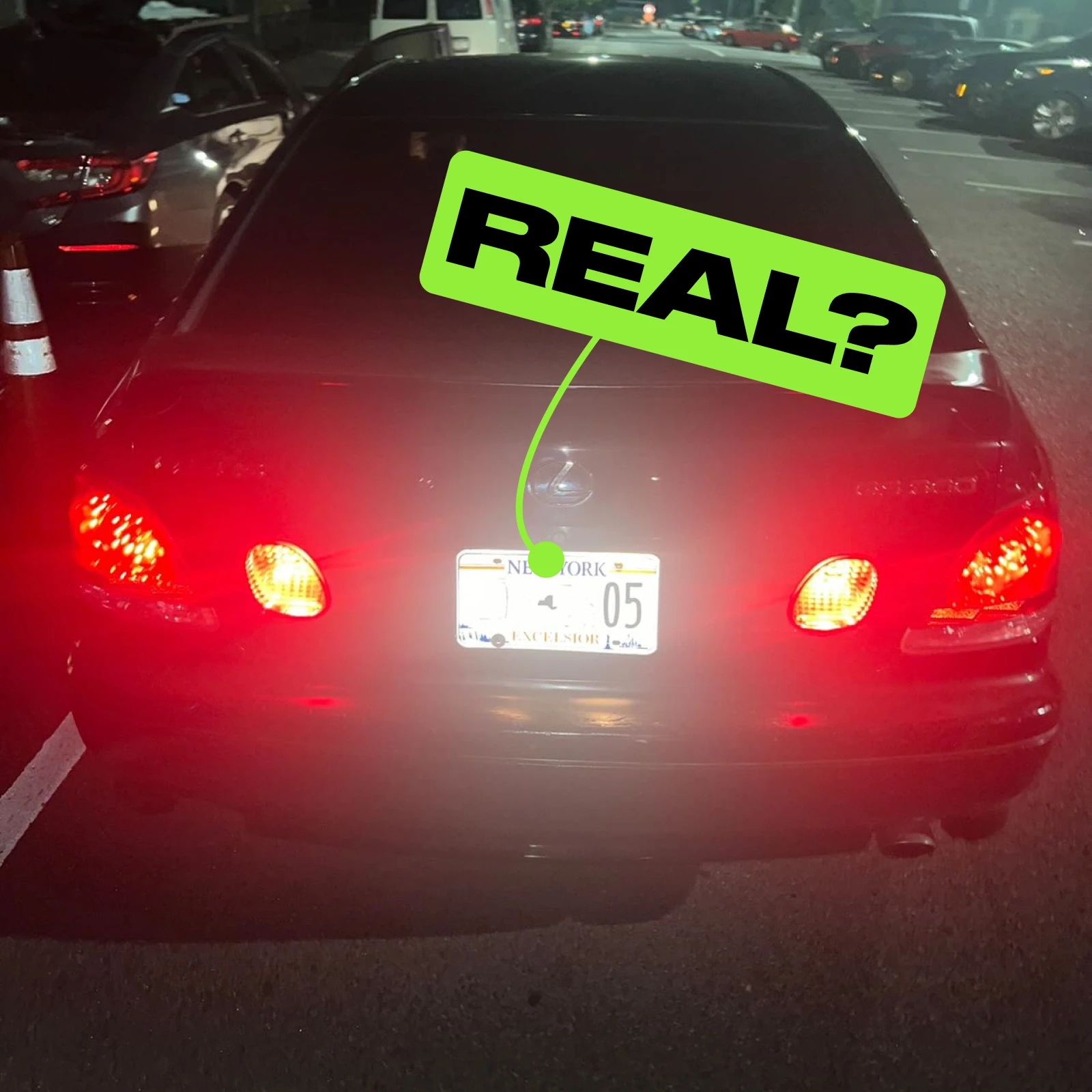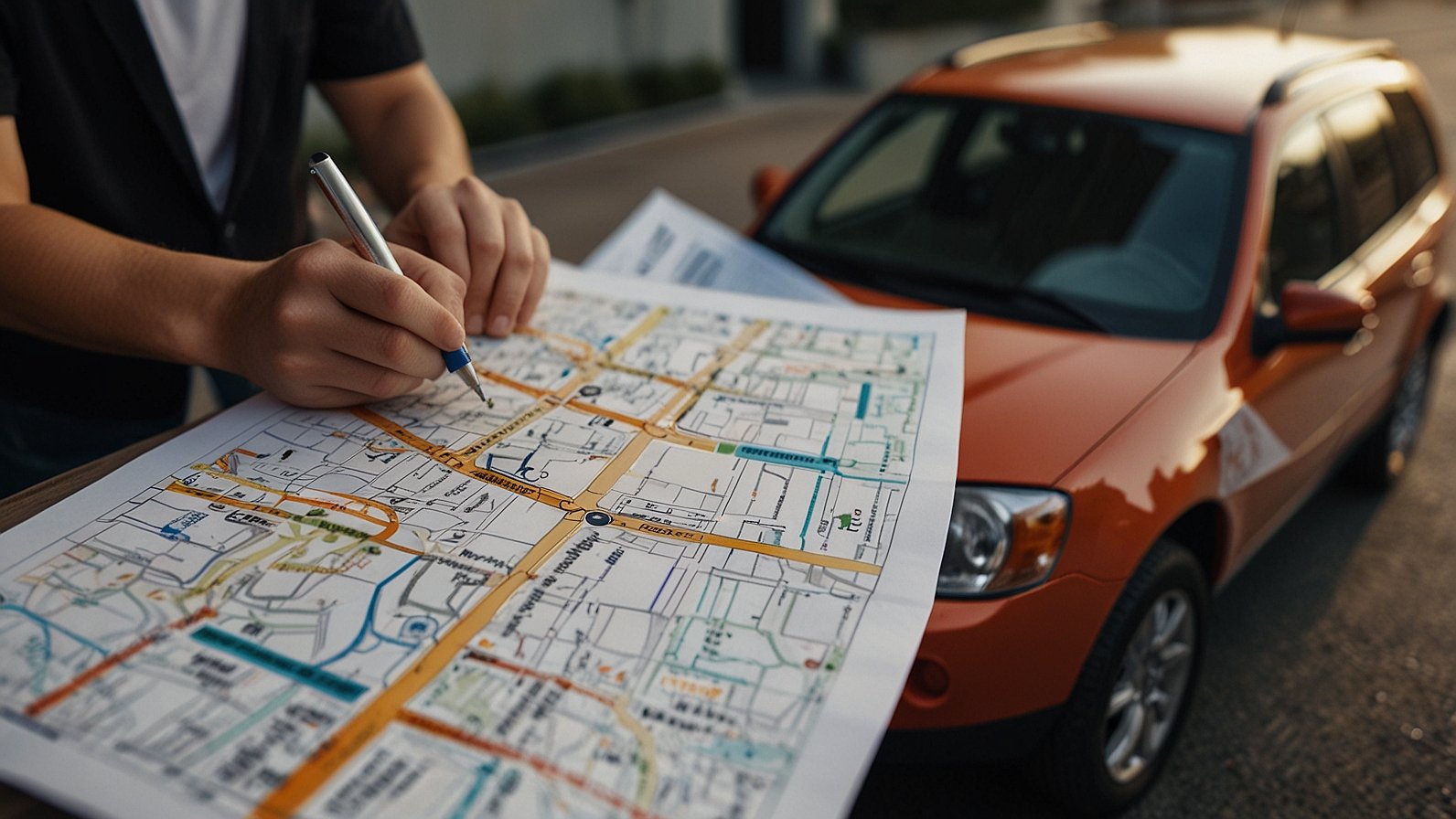Auto accidents are among the leading causes of injuries and fatalities worldwide. Every year, thousands of collisions occur on Canadian roads, resulting in not just damage to vehicles but also serious consequences for drivers, passengers, and pedestrians. While each accident has unique circumstances, many share common causes and patterns. Understanding the most frequent types of auto accidents can help drivers stay aware, reduce risks, and react appropriately in dangerous situations.
This blog explores the most common types of auto accidents, their causes, and how to prevent them.
1. Rear-End Collisions
Rear-end collisions are perhaps the most frequent type of auto accident. They occur when one vehicle crashes into the back of another, often due to tailgating, sudden braking, distracted driving, or slippery road conditions.
Common Causes:
- Following too closely
- Distracted driving (e.g., texting)
- Sudden stops in traffic
- Weather-related issues like rain or snow
Prevention Tips:
- Maintain a safe following distance
- Stay alert and avoid distractions
- Brake early and gradually
Even at low speeds, rear-end accidents can lead to whiplash or soft tissue injuries, so it’s crucial to drive cautiously, especially in congested areas.
2. Side-Impact (T-Bone) Collisions
Side-impact accidents occur when the front of one vehicle crashes into the side of another. These often happen at intersections and can be particularly dangerous because the sides of vehicles have less space to absorb impact.
Common Causes:
- Running red lights or stop signs
- Failing to yield the right-of-way
- Speeding through intersections
Prevention Tips:
- Slow down and be cautious at intersections
- Never assume other drivers will obey traffic signals
- Look both ways before entering a junction, even on green
Side-impact collisions can cause severe injuries, particularly to the occupants on the struck side. Airbags and newer side-impact safety features in cars can reduce but not eliminate the risks.
3. Head-On Collisions
Head-on crashes are among the most severe and deadly types of auto accidents. They occur when two vehicles traveling in opposite directions crash front-to-front. These accidents often happen at high speeds, amplifying the damage and potential for serious injury.
Common Causes:
- Driving under the influence
- Drowsy driving
- Distracted driving
- Driving the wrong way on a one-way street
Prevention Tips:
- Stay in your lane and avoid distractions
- Never drive while impaired or fatigued
- Be cautious on two-lane rural roads
Head-on collisions often result in catastrophic injuries or fatalities, making safe driving habits and attentiveness absolutely critical.
4. Single-Vehicle Accidents
Single-vehicle accidents involve only one car and can include scenarios like running off the road, hitting a stationary object, or rolling over. Although no other vehicles are involved, these accidents can still be serious or fatal.
Common Causes:
- Speeding
- Impaired driving
- Poor road conditions
- Swerving to avoid animals or debris
Prevention Tips:
- Adjust speed to match road conditions
- Avoid distractions and alcohol
- Drive attentively, especially at night or in poor weather
Drivers should remember that losing control of a vehicle—even briefly—can result in a collision with a tree, guardrail, or building.
5. Multi-Vehicle Pileups
Multi-vehicle accidents typically occur on highways or in poor weather conditions and involve three or more vehicles. They can escalate quickly and are difficult to escape once initiated.
Common Causes:
- Low visibility due to fog or snow
- High-speed tailgating
- Sudden braking in heavy traffic
Prevention Tips:
- Maintain extra distance in adverse weather
- Reduce speed during heavy traffic
- Stay alert and anticipate other drivers’ behavior
These accidents are complex and often result in a combination of minor and serious injuries, as well as extensive property damage.
ALSO READ: Impaired & Criminal Driving Offences
6. Sideswipe Accidents
A sideswipe happens when the sides of two vehicles traveling in the same or opposite directions make contact. These can occur when changing lanes without checking blind spots or drifting into another lane.
Common Causes:
- Failure to check mirrors and blind spots
- Distracted or drowsy driving
- Aggressive lane changing
Prevention Tips:
- Use mirrors and signal before changing lanes
- Stay focused and avoid multitasking while driving
- Keep within lane boundaries
While sometimes less severe than other crash types, sideswipes can still cause drivers to lose control and lead to secondary collisions.
7. Parking Lot Accidents
Though usually low-speed, parking lot accidents are quite common. They involve backing out of spaces, turning into aisles, or hitting parked cars or pedestrians.
Common Causes:
- Poor visibility
- Inattention
- Tight spaces
Prevention Tips:
- Drive slowly and carefully in parking lots
- Use backup cameras and mirrors
- Be cautious around pedestrians and shopping carts
Parking lot accidents can still cause injuries, particularly if pedestrians are involved. Always remain cautious, even at low speeds.
8. Hit and Run Accidents
These occur when a driver causes an accident and leaves the scene without providing contact or insurance information. This can happen in any of the above scenarios.
Common Causes:
- Fear of legal consequences
- Driving without insurance or license
- DUI or other illegal activity
Prevention Tips:
- Always report any accident immediately
- Install a dash cam for documentation
- Stay at the scene and call the police
Victims of hit and run accidents may face difficulty in recovering damages, especially without witnesses or surveillance footage.
Legal Considerations and Auto Accident Claims
Understanding the type of accident can significantly impact your legal claim and insurance process. For example, proving fault in a rear-end collision is typically easier than in a sideswipe or multi-vehicle pileup.
After any auto accident, it’s essential to:
- Document the scene with photos
- Get a police report
- Exchange insurance information
- Seek medical attention promptly, even if injuries aren’t immediately visible
When seeking compensation, victims often face challenges with insurance companies trying to minimize payouts. Consulting a professional well-versed in auto accident law can make a significant difference in the outcome of your claim.
Final Thoughts
Auto accidents vary in type and severity, but most are preventable with caution, attentiveness, and responsible driving habits. Whether it’s a rear-end collision or a complex multi-car pileup, being informed about the most common types of accidents helps drivers stay safer on the road.
If you’ve been involved in an accident, knowing your rights and legal options is just as important as receiving medical treatment. Auto accidents can have lasting physical, emotional, and financial consequences. Being prepared, both in terms of safe driving and legal understanding, can help minimize the impact should an accident occur.
YOU MAY ALSO LIKE: Why You Need a Personal Injury Lawyer in Hamilton After an Accident










